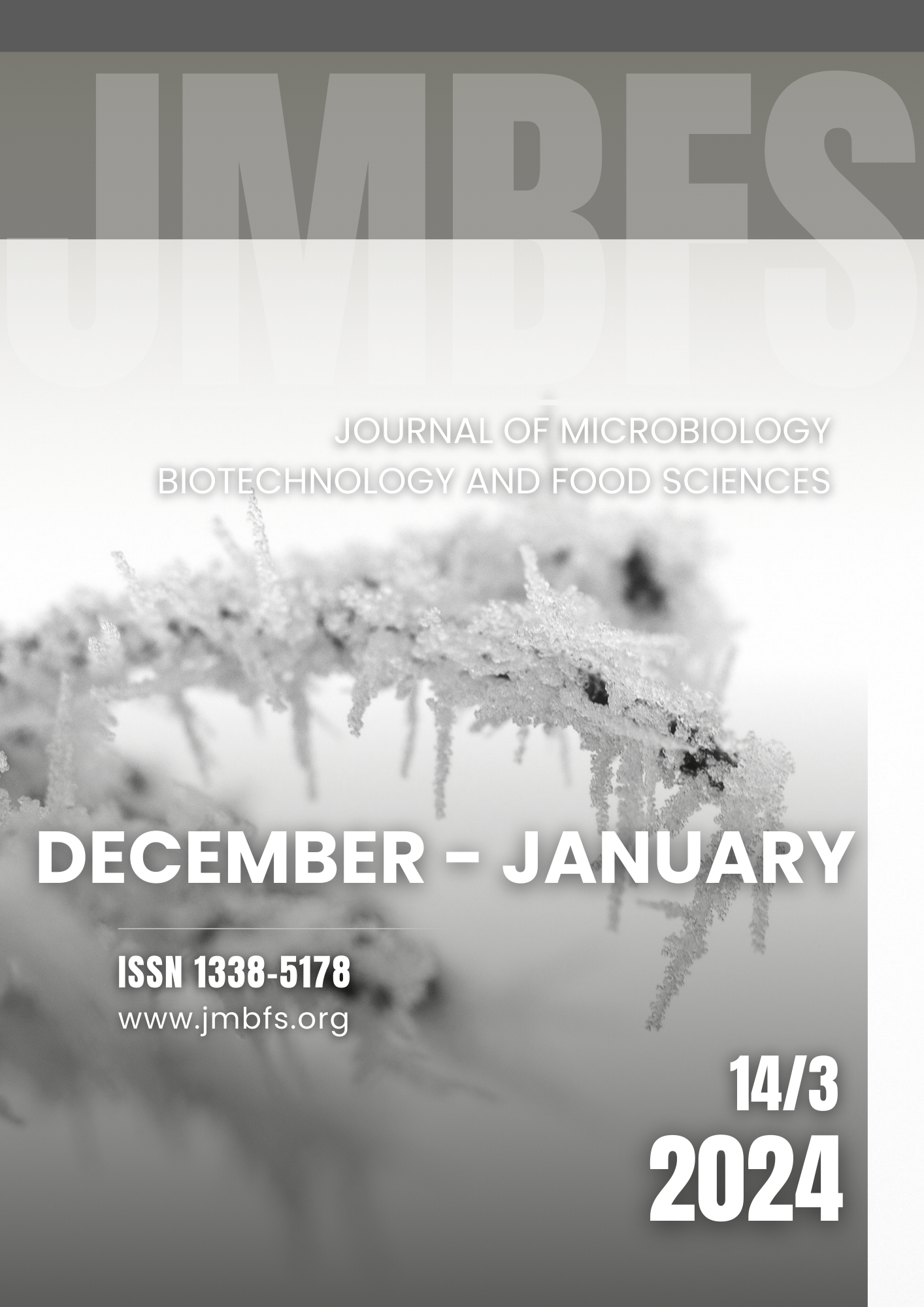IN SILICO DOCKING AND DYNAMICS OF SELECTED SECONDARY METABOLITES OF ALBIZIA LEBBECK AGAINST ANDROGEN RECEPTOR (AR) FOR THE TREATMENT OF PROSTATE CANCER
DOI:
https://doi.org/10.55251/jmbfs.10608Keywords:
Albizia lebbeck, Prostate cancer, Androgen receptor, Binding affinity, FLU and UND systemAbstract
Prostate cancer, one of the life-threatening cancers worldwide diagnosed in most elderly men and is influenced by ethnicity, genetic factors, and family history. This article focuses on molecular docking and dynamics simulation for the secondary metabolites (13 compounds) obtained from the methanolic extract of Albizia lebbeck (L.) Benth against human androgen receptor which plays a crucial role in the progression of cancer and metastasis. Initially, ADMET properties and bioactivity of the ligands were analyzed followed by molecular docking of these ligands and their interactions with the target protein (Androgen Receptor). The compounds 1, 1, 1-Trifluoroheptadecan-2-one and 1-(5-Methylthiophen-2-yl)-N-[(5-methylthiophen-2-yl) methyl] were observed to have the highest binding affinity of -6.8 kcal/mol and -6.5 kcal/mol respectively when compared against the standard, Darolutamide (FDA approved drug) which had a score of -5.1 kcal/mol were taken into consideration. 1, 1, 1-Trifluoroheptadecan-2-on (FLU) and 1-(5-Methylthiophen-2-yl)-N-[(5-methylthiophen-2-yl) methyl] (UND) along with the protein complex were further proceeded with dynamic simulation. The binding energy of FLU and UND system throughout the simulation was studied with an explicit MM-PBSA comparison and was found to be -99.618+14.446 KJ/mol and -117.833+14.838 KJ/mol, influenced by the van der waals energy which was greater in the UND system i.e.-144.227+13.814 KJ/mol than that of the FLU system i.e.-117.054+11.774 KJ/mol. Both the systems were relatively stable with exemplary flexibility and there were no changes in the protein at the structural level during the dynamic simulation. Both FLU and UND systems could become potential therapeutic drugs with further studies.
Downloads
Downloads
Published
How to Cite
Issue
Section
License
Copyright (c) 2023 Ashina Jawahar Nuziba Begum, Mageswari Govindaraj, Kalpanadevi Murugasamy Maheswari, Subhavarshini Raamji, Rathish Kumar Sivaraman, Helan Soundra Rani Michael, Vivek Chandramohan, Subashkumar Rathnasamy, Shivakumar Bandhumy Lingam

This work is licensed under a Creative Commons Attribution 4.0 International License.
All papers published in the Journal of Microbiology, Biotechnology and Food Sciences are published under a CC-BY licence (CC-BY 4.0). Published materials can be shared (copy and redistribute the material in any medium or format) and adapted (remix, transform, and build upon the material for any purpose, even commercially) with specifying the author(s).





